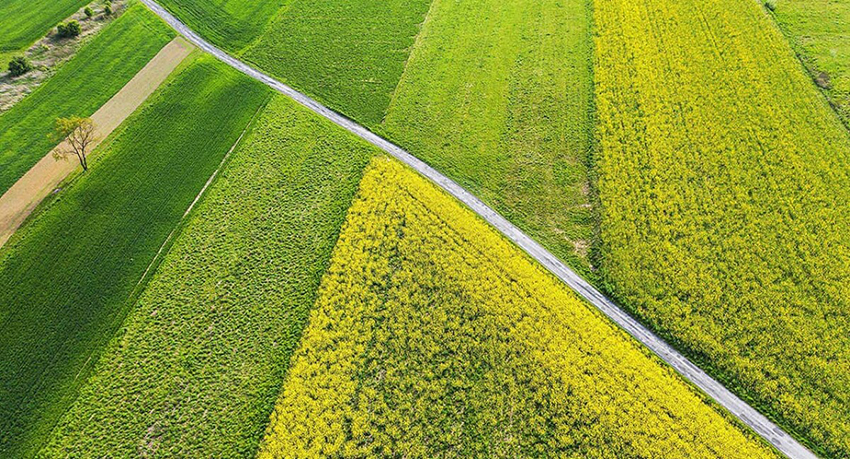What is Agricultural Biodiversity
An Agricultural Biodiversity in real sense is the wide variety of crops and their wild variants, trees, animals, microbes and other species adding to agricultural production. Diversity is the result of many years (hundreds or even thousands) of interactions between “people and the environment”. This is the key component of healthy diets and human health.
Agricultural Biodiversity plays an important role in fighting nutritional deficiencies and diseases related to diet. Intake of variety of foods that are rich in nutritional value provide adequate amounts of vital nutrients that are essential for human health. When we look at factors contributing to agricultural production, agricultural biodiversity is one such factor that supports long-term productivity, resilience and various ecosystem services, enhancement of yields in quality and quantity, enhancement of soil and water quality, and reduction in harmful chemical fertilizer need.
Agricultural Biodiversity has the following 3 levels:
1. Genetic Diversity
2. Species Diversity
3. Ecosystem Diversity
Agricultural Biodiversity contributes to food and agriculture and is generally categorized by the contribution to ecosystem services. Well-functioning ecosystems (Agro ecosystems and wild ecosystems like forests or grasslands) are important to human wellbeing. They fall under following categories:
1. Provisioning (direct provision of goods such as food and water)
2. Supporting (the services that are needed for agriculture to be healthy, such as soil)
3. Regulating (regulating natural processes needed in agriculture such as pollination, carbon capture or pest control)
4. Cultural (recreational, aesthetic and spiritual benefits). In this context Makar Sankranti, Pongal, Baisakhi and Lohri are the popular harvesting festivals celebrated through parts of India.
Agricultural Biodiversity contribution:-
Agricultural Biodiversity strengthens the livelihoods of farmers, reduces yield losses due to climate change and/or pest damage. Increasing the types of cultivated plants turns out to be good for the environment, which increases the abundance of pollinators and beneficial insects and soil organisms, and reduces the risk of pest epidemics. Agricultural biodiversity opens the new
options for unknown future needs, when conserved. This can happen in gene banks as well as on farms, where Agricultural Biodiversity is conserved by using it.


